|
About two and a half weeks ago, I received an invitation to come to Vienna. The invitation was from M. Maurer, the company that makes my gold threads (here's an earlier blog post about them). They were founded 160 years ago and they were throwing a party for their established customers. My husband and I decided to go as we felt really honoured by the invitation. And visiting Vienna is always a treat. Especially as the city happens to house one of the most important collections of medieval goldwork embroidery in the world: the Vestments of the Order of the Golden Fleece and the Imperial Regalia. But first, let me tell you about the party. It took place in Palais Niederösterreich in the heart of Vienna. The Palais started its life as a late-medieval townhouse of the noble family of Liechtenstein. Vaults in the basement and archaeological finds on display were a clear testament to its older history. Lots of important Austrian events took place in this building throughout its long history. Towards the end of the party, I shot a short video with my phone. The celebration took part in the beautiful baroque hall from 1570. Apart from the party proper, M. Maurer had some additional actions planned for its guests. Firstly, there was a small exhibition with passementerie made by M. Maurer. Think tassels and military decorations. But, to us, the best part of the evening was the impromptu workshops organised by three of its employees. My husband and I opted for the workshop in which we were shown how to make knotted cuff links. These are in essence the same knots you often see on medieval alms pouches. This was so hard! Especially the start. And the lady showing us was VERY patient and sweet. I've always wanted to know how these intricate medieval knots were being made. And I am going to leave you with a picture of a beautiful angel on the chasuble of the Order of the Golden Fleece. It is situated on the front of the chasuble. And whilst it can be accessed in the exhibition you seldom see this side in publications. The or nue on these pieces is absolutely stunning. The gold threads used are so very fine. And the silk embroidery on the faces is mind-blowing. The vestments were made around AD 1430-1440, probably in Brussels, Belgium.
5 Comments
Have you seen my new blog index? So far, all blog posts have been neatly indexed. You'll find a list of book reviews, my projects listed according to embroidery techniques, historical embroideries listed according to century and a complete list of all tutorials. Today's tutorial is all about the white string we see in many medieval goldwork embroideries. This padding is often all that remains from the original bead embroidery worked with freshwater pearls. When we are really lucky, a few pearls still adhere. As is the case for the chasuble I showed you two weeks ago. In this tutorial, I will show you how the padding and the beading were worked. I was really surprised by how sturdy this technique actually is. The beaded edge is VERY firm. As always, I worked my sample on a piece of high-count (think 40ct and up) linen stretched on my slate frame. I determined the approximate size of St John's head with nimbus from the original embroidery. It is about 5.3 x 5.9 cm. I made a pricking on transparent paper and transferred the design with pounce powder and ink. As is a favourite with medieval embroiderers, the simple nimbus is actually built up of several layers of embroidery. Start with a layer of radiating satin stitches in blue flat silk. The radiating does not need to be super precise. You can hardly spot the radiating stitches once the next layer of embroidery has been worked. The next layer consists of couched gold thread. Use a fine red silken thread for the couching. Work from the outside in. The first few rows consist of a double gold thread, whilst the last couple of rows consist of a single thread. In the original, the embroiderer would have hidden de turns under the slip of the head of St John. I have turned my threads on the edge of the nimbus. It is now time to add the actual string padding. It is made up of a twisted-together bundle of linen threads. These are couched down with white silk. Start from the middle and retwist your bundle as you go. The ends seem to be tapered in the original. To achieve this, start to cut away pairs of threads from your bundle about a cm before the end. Keep couching and removing pairs of threads until you are left with a single pair on the design line. Sew down the freshwater pearls (Etsy is a good source for these!) onto the string padding using white silk. You might want to wax your thread as the holes of the pearls can be quite rough. Go through each bead twice. In the original, the pearls are sewn down with a little bit of space between them. This was possibly done to save costs. It is said that the string padding was used to elevate the pearls away from the very shiny gold. It also provided a continuous white edging for when the pearls were slightly spaced apart to save on costs. The end result is very stunning!
As always, my Journeymen and Master Patrons find a downloadable PDF of this tutorial on my Patreon page. For as little as €5 per month, you can build your own library of medieval embroidery technique tutorials. Not a bad deal at all! It never ceases to amaze me that, after having studied medieval goldwork embroidery for quite some time now, I still find spectacular pieces that I had never previously heard of. Casual literature references lead me to obscure tiny museums which happen to house a real treasure. The original, mostly late 19th and early 20th century authors, raved about these pieces. And rightly so! But for one reason or the other, these pieces never made it into our collective knowledge base on medieval goldwork embroidery. And that's a real shame. Today, I am going to point out two spectacular pieces to you that are kept in small local museums near the major cities of Aachen and Cologne in Germany. I hope to be able to visit these pieces myself sometime during the coming year. For now, we will explore them by looking at the original literature. The first piece is an antependium from the Cistercian Abbey Kamp (established AD 1123). It was made in Cologne between 1360-1370. The central depiction shows the Coronation of Mary. Under three arcades on either side, we see pairs of saints. From left to right: Bernhard of Clairvaux, Dorothea of Caesarea, Saint Ursula, Saint Agnes, Mary Magdalene, Catherine of Alexandria, Saint John, John the Baptist, Saint Peter, Saint Paul, James the Greater and a saintly abbot. The antependium is about 75 cm high and 258 cm wide. The fringe is not original. To the right of Christ, a small kneeling figure can be made out. As he wears a Cistercian habit, this figure likely represents the donor of the embroidery. Likely a Cistercian monk from Kamp Abbey. Unfortunately, the banderole he is holding is illegible and it is thus impossible to identify this donor further. The embroidery consists of couched pairs of gold thread on green velvet. The figures are embroidered on linen and then appliqued onto the green velvet. The figures are mainly stitched in couched gold with very little silk embroidery. Stitches used are directional split stitch, satin stitch and knots. The knots are used to stitch the hair of the angels in the central Coronation scene. One angel swings a censer, and the two others play musical instruments. The next piece I want to draw your attention to is a set of vestments from St Johann church in Burtscheid (click the link for a colour picture!). Burtscheid Abbey was a Benedictine monastery founded in AD 997 by Emperor Otto III. The set of vestments consists of a chasuble, a dalmatic, a tunicella, a stola and three maniples. The late 14th-century embroideries have been taken from their original vestment(s) and reconfigured onto this newer set of vestments. In all, there are 61 embroidered medallions with scenes from the Old and the New Testament. Maybe all the scenes were once part of a single bell chasuble or a cope. Just like you see on the famous English copes from the 14th century (for instance: V&A 175-1889, the Butler-Bowden cope and the Vic cope). Here you see three scenes from the dalmatic. From left to right: Circumcision, Christ being dispised and the Adoration of the Magi. The designs are reminiscent of miniature paintings in the illuminated manuscripts of the time. The embroidery is comparable to that seen on the antependium from Kamp Abbey. The figures mainly consist of couched gold thread with some details stitched in coloured silks. You can find more pictures in the literature below. Some articles are in the public domain and can be downloaded for free. We will visit these spectaculair goldwork embroideries again in the future. Literature
Czymmek, S. (1980): Kat. C 8. In Kaspar Elm, Peter Joerißen, Hermann Josef Roth (Eds.): Die Zisterzienser. Ordensleben zwischen Ideal und Wirklichkeit. Bonn (Schriften des Rheinischen Museumsamtes, 10), pp. 452–456. Jaques, R. (1956): Die Wiederherstellung des gestickten Antependiums der ehemaligen Abteikirche Kamp (Kreis Moers). In Jahrbuch der rheinischen Denkmalpflege in Nord-Rheinland 20, pp. 321–325. Maier, A. R. (1916): Der Kirchenschatz der ehemaligen Abteikirche St. Johann in Burtscheid. In Aachener Kunstblätter 9/10, pp. 49–100. You can find a free download here. Reichert, L. (1937): Spätgotische Stickereien am Niederrhein. Bonn: Ludwig Röhrscheid. Schnütgen, A. (1888): Besticktes Antependium, rheinisch erste Hälfte XIV. Jahrhunderts. In Zeitschrift für christliche Kunst 1 (4), pp. 123–132. You can find a free download here. Happy New Year to you all! May it be filled with lots of stitching time and beautifully embroidered eye candy. With the latter, I can help :). My November travels have supplied me with lots of inspiring medieval embroidery from Northwestern Europe that I will share with you in the coming months. I have also acquired two medieval orphreys which we will explore as soon as I have found a box that can house them once they are free of their frames. We will start the new year with an interesting chasuble I encountered at the Dommuseum Frankfurt. The museum is housed in the historical cloisters and is well worth a visit as many medieval vestments are on permanent display and you are allowed to take pictures. From the above pictures, you can tell that this green chasuble contains four different textile adornments: embroidered angels (around AD 1350, Cologne), embroidered chasuble cross (2nd quarter 15th century, Cologne or Middlerhine area), a woven Kölner Borte (mid 15th century, Cologne) and a woven golden border (19th century). When the chasuble changed its shape to the more modern fiddleback form, the textile adornments were simply cut off. The original green chasuble had a much wider shape and was adorned with embroidered musical angels and probably a simple golden forked cross. Probably over time and not all at once, the embroidered chasuble cross, the column made of Kölner Borte and the woven golden border were added. The mid-14th century embroidered angels carry either the coats of arms of the donors or a myriad of musical instruments (fiddle, portative organ, shawm, mandora, psaltery, harp, bagpipes and rebec). The donors have been identified as Cologne merchant and councillor Johann vom Hirtze and his wife Agnes Hardevust. Their son was a priest who donated vestments to a number of his churches. It is even likely that this chasuble is named in his will. The angels are very finely embroidered with 38 parallel gold threads per cm. The gold threads follow the contours of the design. The angels are between 10-12 cm tall and have cotton padding to plump up their faces and bodies. The fact that not the cheaper membrane gold and the expensive (rare and exotic) cotton padding were used, points to a very costly embroidered vestment. The red and blue chenille outlines were added at a later date. Originally, the outlines were made of thick red silk. The angels' hair is made with small embroidered knots in flat silk. The embroidered chasuble cross was made around AD 1425-1449, about 75-100 years later than the musical angels. It has nothing to do with the original donors from Cologne. As there are no comparable pieces, it isn't even certain that it was made in Cologne. The chasuble cross shows the Adoration of the Magi at the top (the scene is cut to fit the new chasuble shape, look at the gifts the Magi hold) and Saint John and Saint Peter below (also cut). The third Magi can be found just below the central scene. The embroidery is exquisite. The gold thread is of high quality, the split stitching is fine and fresh-water pearls were added for extra bling (most have fallen off as the whole rim of the nimb would have been covered too). The gift the Magi is holding is also very interesting. It has shaped spangles that form the tiles on the roof of his house-shaped box. The embroidery of this chasuble cross is thus also very costly. The movement in the figures also points to a high-end designer. Probably a local draftsman and not the embroiderer himself.
That's the first eye candy of the year! Finally, I have been able to finish the new self-paced online course on the embroidery of the 11th-century Wolfgang chasuble. It comes with video instructions and a full kit with real gold thread (this makes up about half of the quoted price; there is no such thing as wholesale when it comes to these small batches of very high-end materials). As always, I make batches of 10 kits and will start to make a new batch when this first one sells out. As there are two designs on the chasuble, a bird and a quadruped, you can either buy a kit for one design or a kit for both designs. You will get the instructions for both. You can also add a medieval transfer kit to your order. The video instructions show you how to use the traditional prick-and-pounce method with iron gall ink. However, you can use the transfer method of your preference too. Literature Stolleis, Karen (1992): Der Frankfurter Domschatz: Die Paramente. Liturgische Gewänder und Stickereien 14. bis 20. Jahrhundert. Band I. Frankfurt am Main: Waldemar Kramer. This is an excellent museum catalogue. Most pictures are in black-and-white, but the descriptions are detailed with lots of literature links. It has been long out of print, but can be found second-hand. |
Want to keep up with my embroidery adventures? Sign up for my weekly Newsletter to get notified of new blogs, courses and workshops!
Liked my blog? Please consider making a donation or becoming a Patron so that I can keep up the good work and my blog ad-free!
Categories
All
Archives
July 2024
|
Contact: info(at)jessicagrimm.com
Copyright Dr Jessica M. Grimm - Mandlweg 3, 82488 Ettal, Deutschland - +49(0)8822 2782219 (Monday, Tuesday, Friday & Saturday 9.00-17.00 CET)
Impressum - Legal Notice - Datenschutzerklärung - Privacy Policy - Webshop ABG - Widerrufsrecht - Disclaimer
Copyright Dr Jessica M. Grimm - Mandlweg 3, 82488 Ettal, Deutschland - +49(0)8822 2782219 (Monday, Tuesday, Friday & Saturday 9.00-17.00 CET)
Impressum - Legal Notice - Datenschutzerklärung - Privacy Policy - Webshop ABG - Widerrufsrecht - Disclaimer

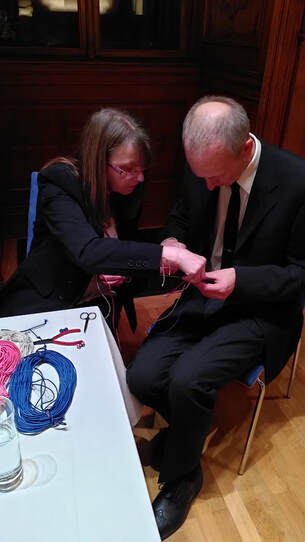
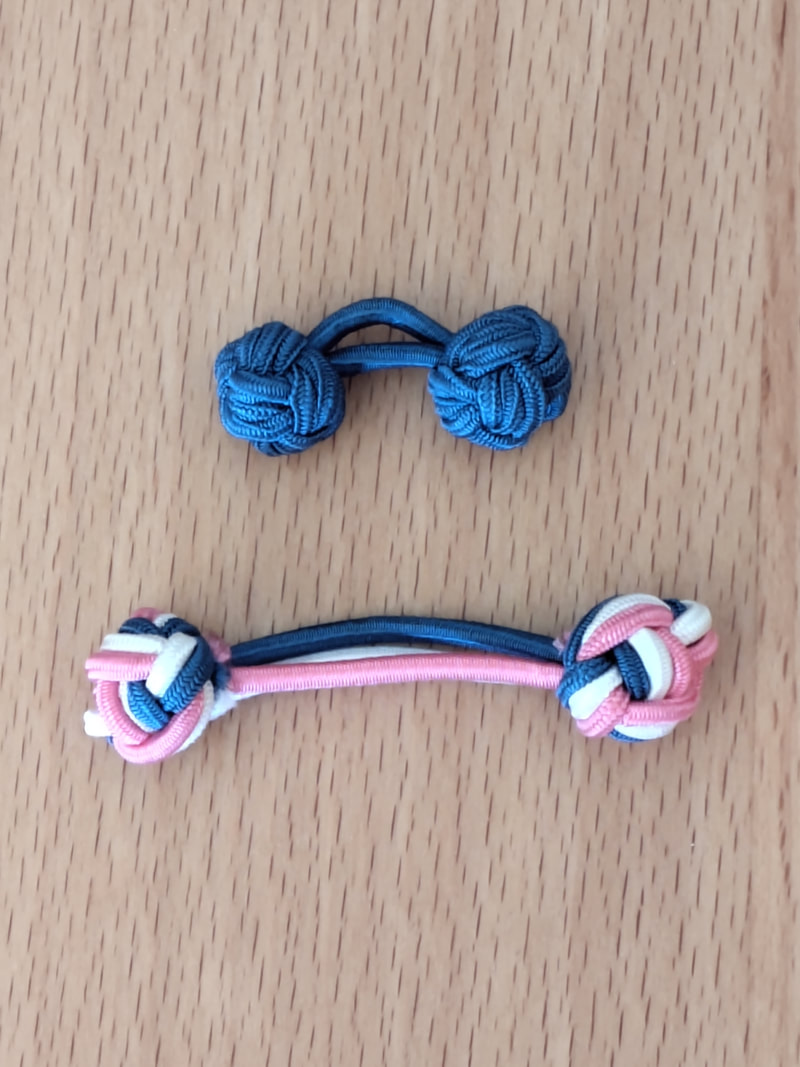
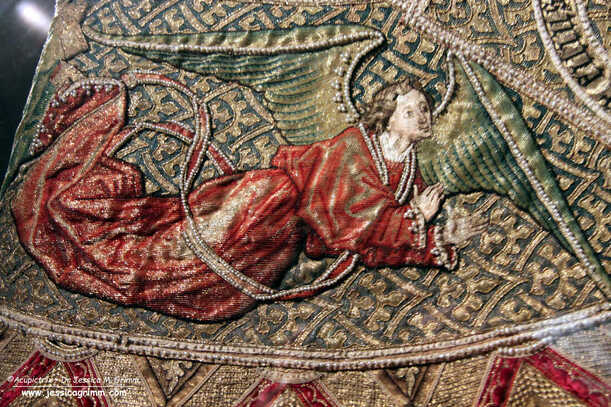
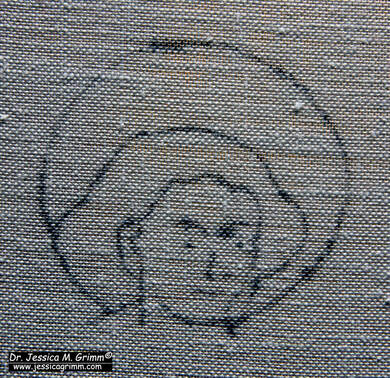
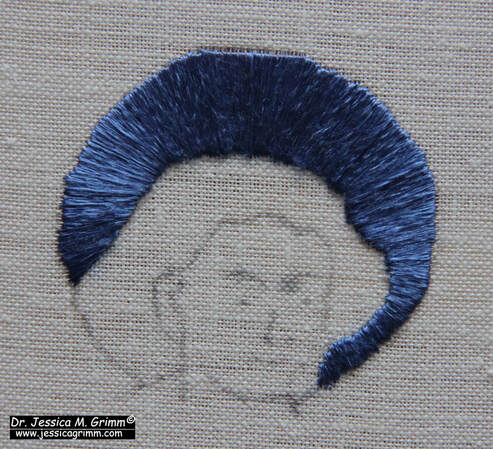
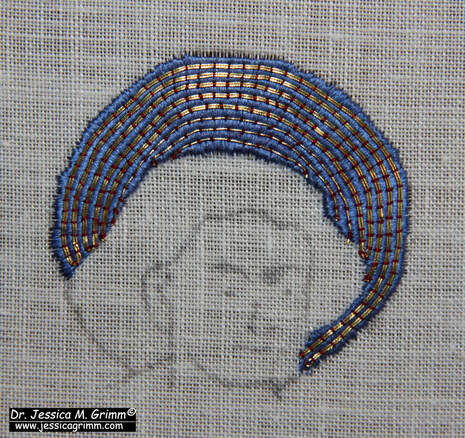
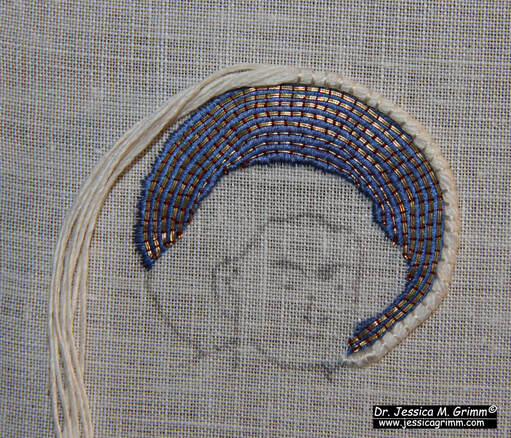
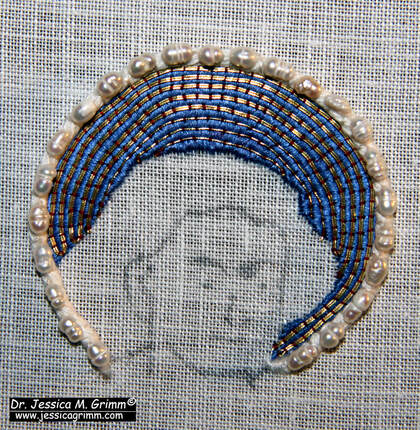
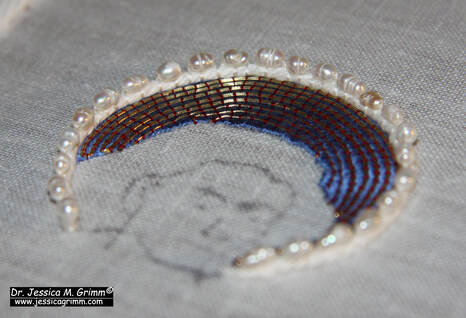

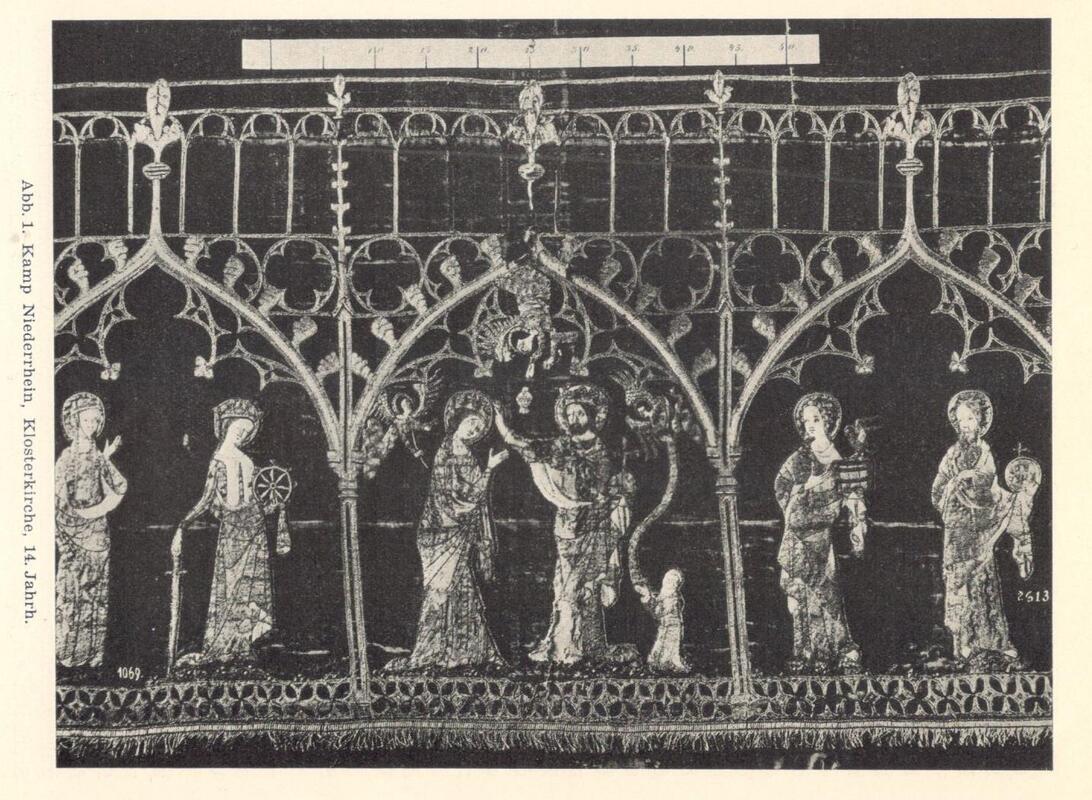
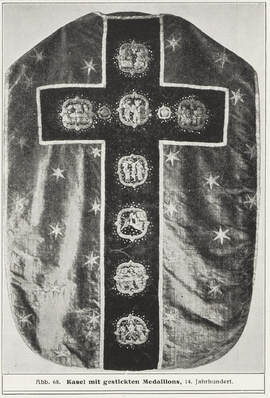
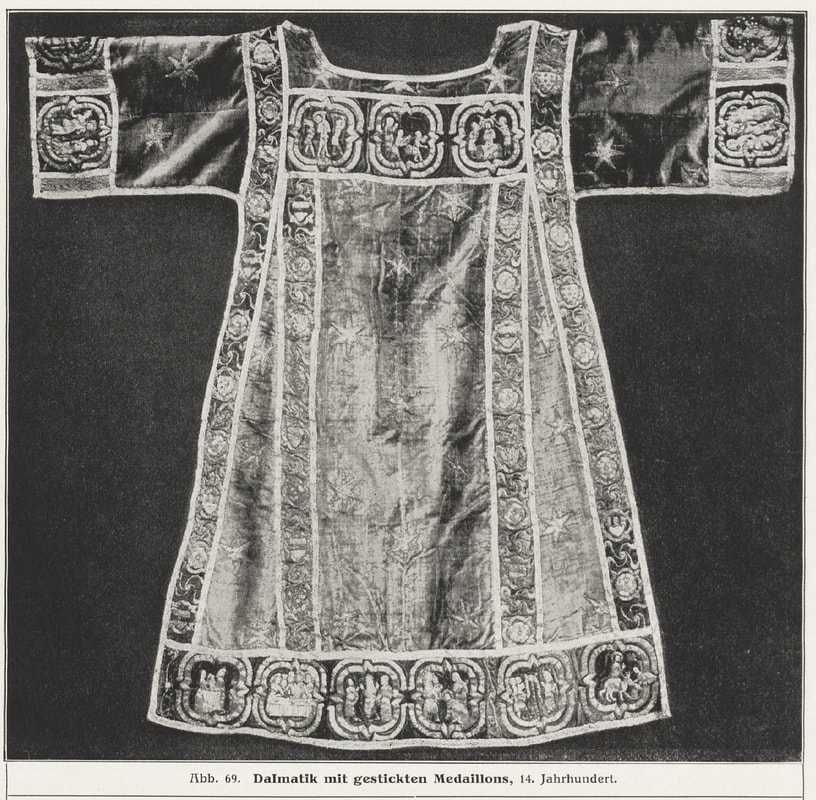
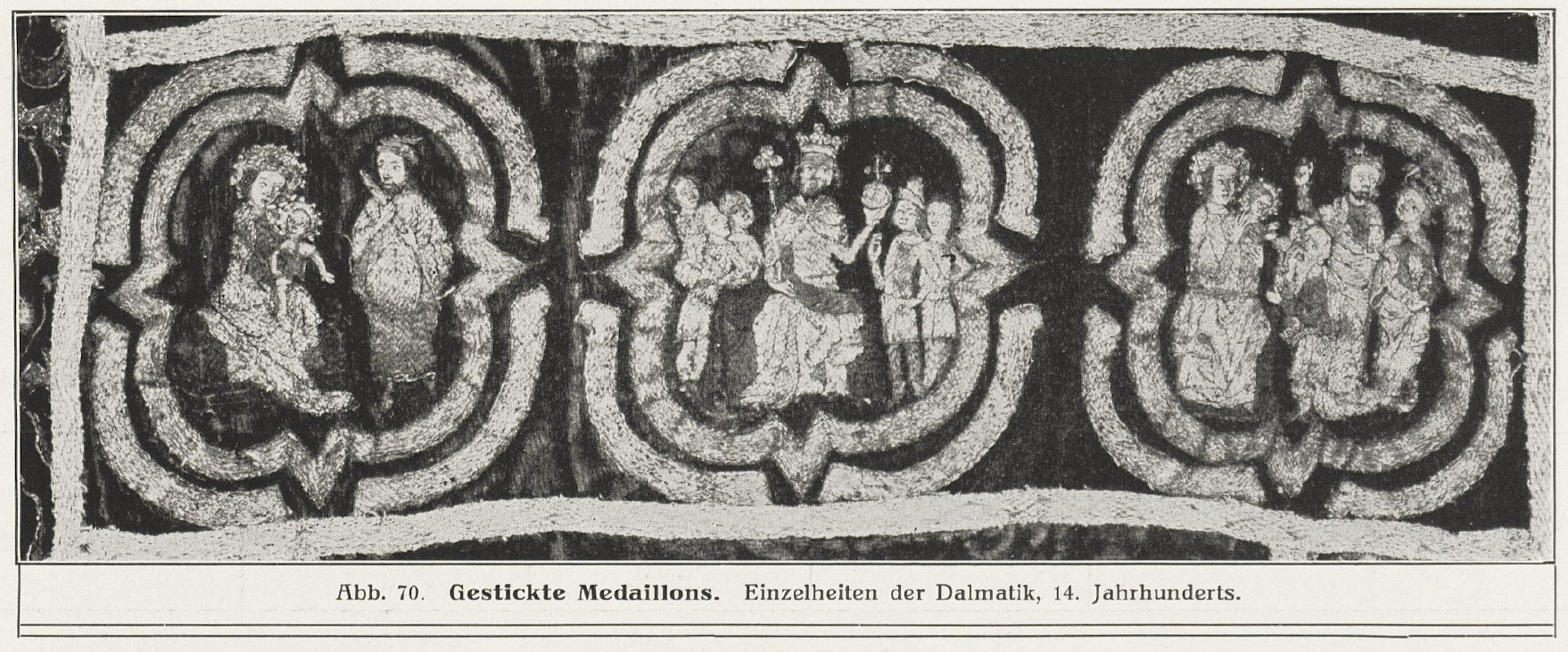
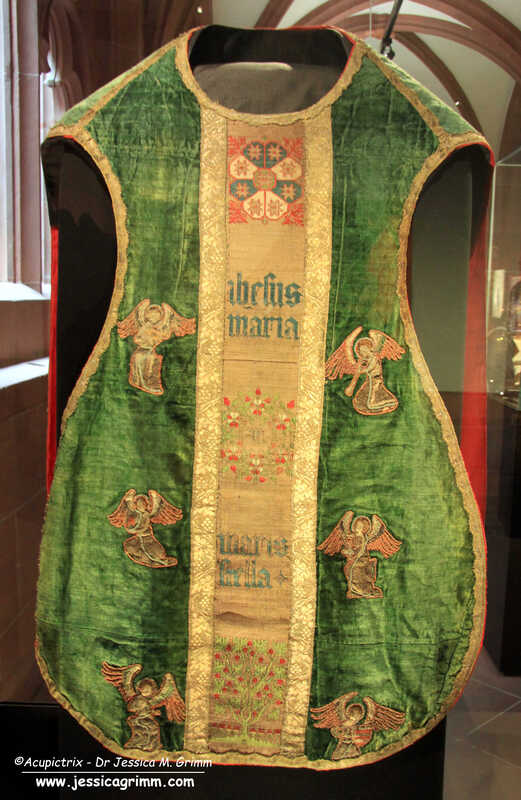
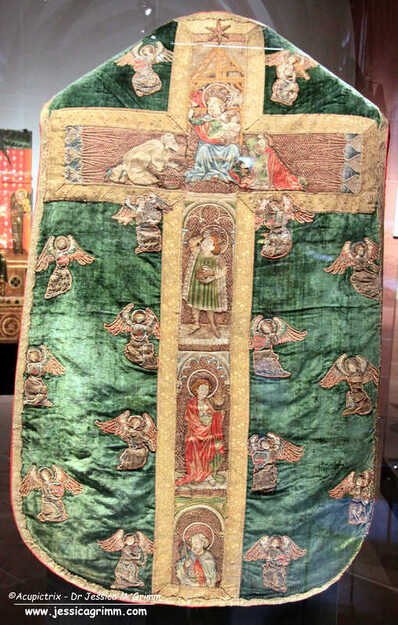
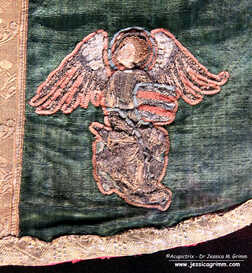
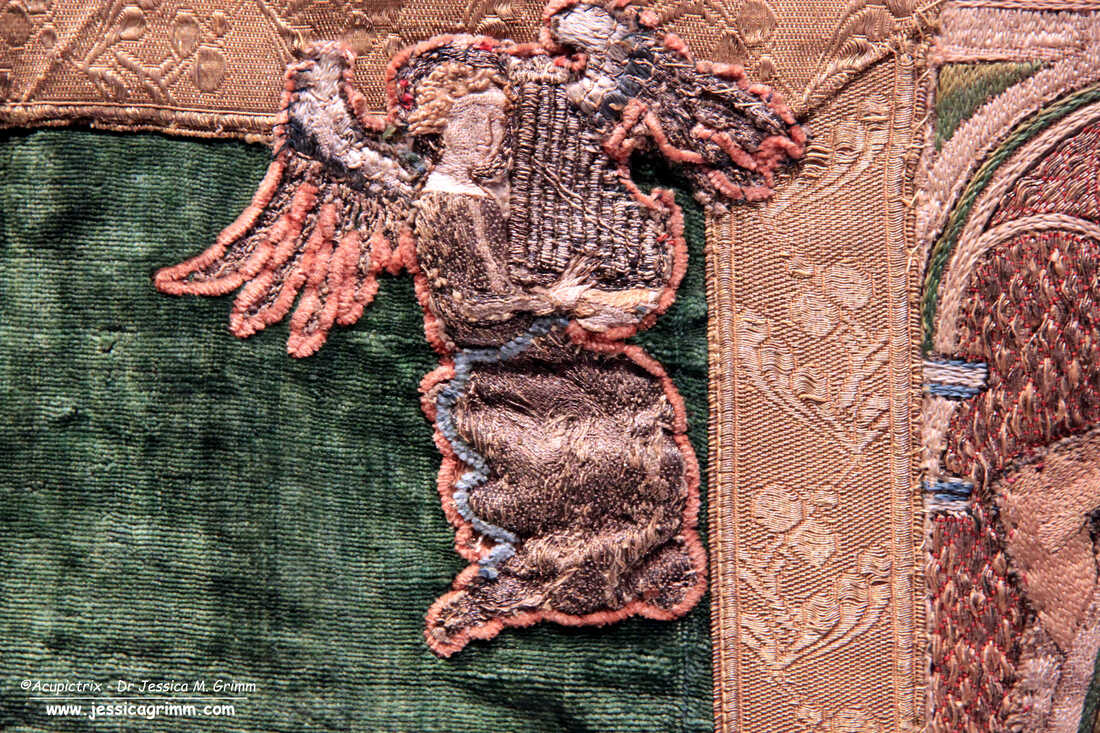
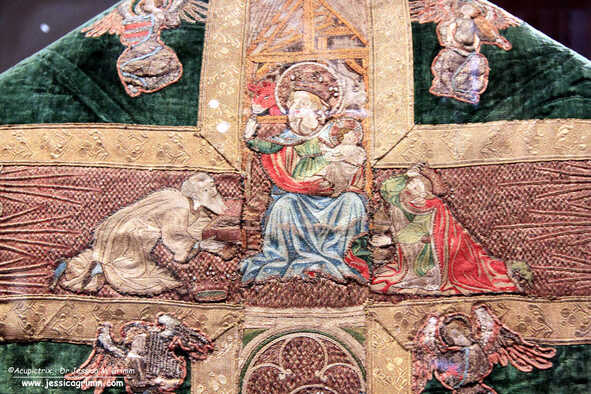
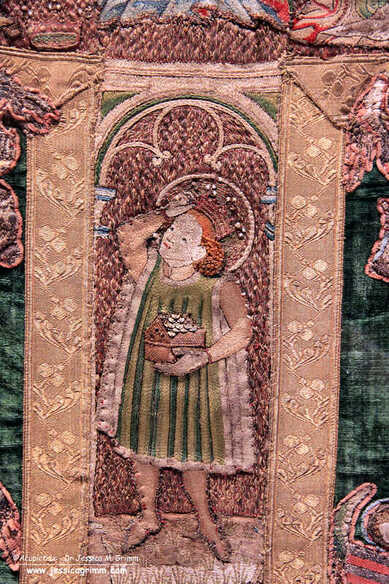





 RSS Feed
RSS Feed